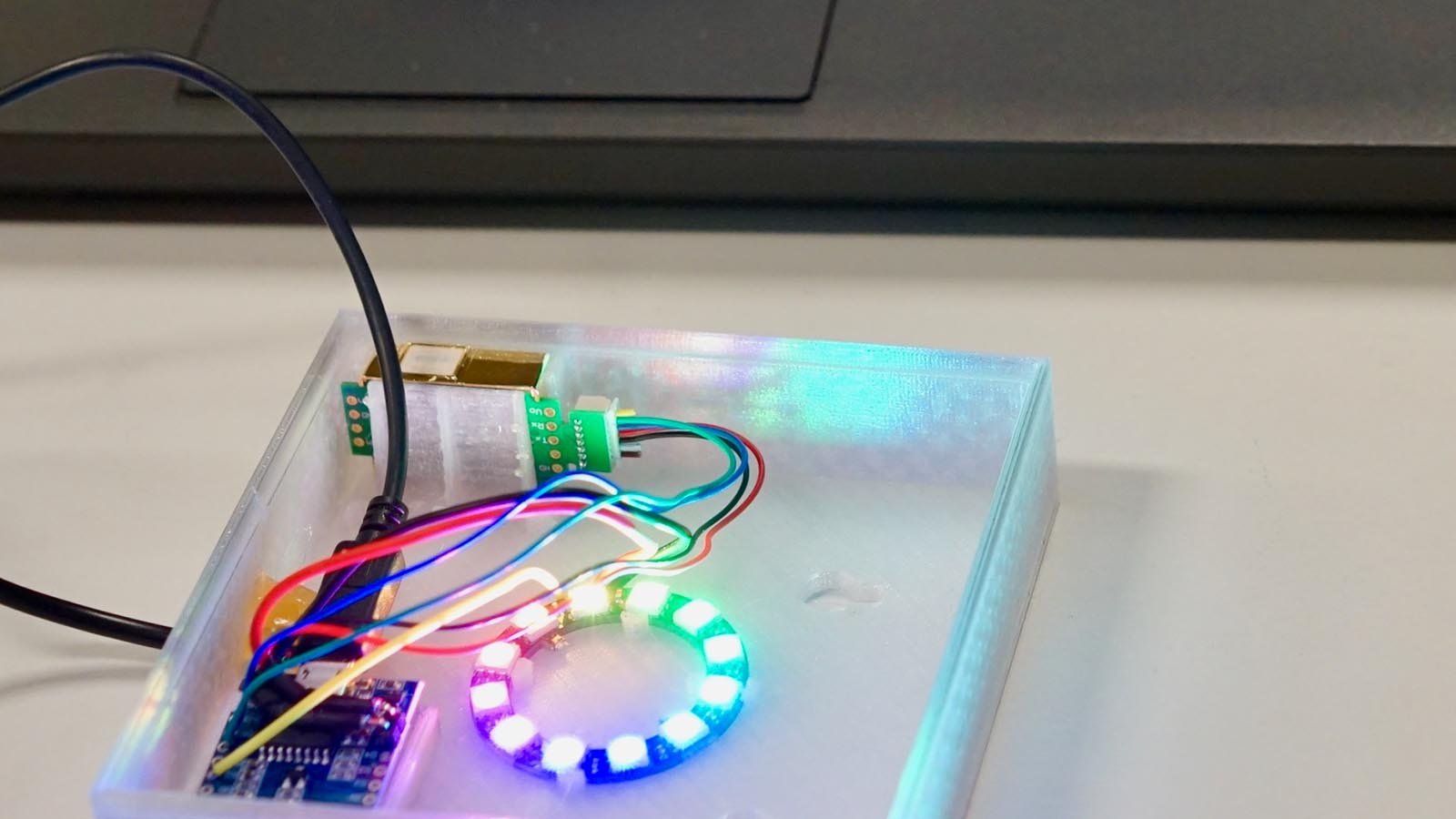At the beginning of the new school year, there was great excitement about what modern teaching in the times of the coronavirus might look like. But the era of online learning platforms for all and education via video call has not yet dawned: Most schools in Germany still rely on face-to-face teaching. And only the windows should be opened regularly to lower the risk of infection. Even the British newspaper, The Guardian, reported in September about ventilation, the German cultural technique for combating the coronavirus. The question remains: How often is fresh air necessary?
At the beginning of the new school year, there was great excitement about what modern teaching in the times of the coronavirus might look like. But the era of online learning platforms for all and education via video call has not yet dawned: Most schools in Germany still rely on face-to-face teaching. And only the windows should be opened regularly to lower the risk of infection. Even the British newspaper, The Guardian, reported in September about ventilation, the German cultural technique for combating the coronavirus. The question remains: How often is fresh air necessary?
An increasing number of so-called CO2 traffic lights are being hung on the walls of German classrooms for this purpose. These tiny measuring devices continuously monitor the amount of carbon dioxide in the air. If the light jumps to red, the windows should be opened, because the CO2 content also increases the concentration of potentially virus-laden aerosol particles.
The CO2 traffic lights at the Gymnasium Carolinum school in Neustrelitz were not supplied by specialist dealers; the devices were built by students in the neighboring town of Fürstenberg. The Jugend hackt Lab is also located there in the Verstehbahnhof, the former railway station building. In the past few weeks, the young people have assembled the measuring devices for their school from electronic components.
While the 3D printers behind them are producing white plastic housings for the devices, the students solder the three components of the CO2 traffic light together with cables. They connect the sensor – a small golden part the size of an eraser – and a ring of light-emitting diodes to the microcontroller.
"We now often have smaller groups of young people here who build traffic lights," says Daniel Domscheit-Berg, who manages the Verstehbahnhof. The association has already initiated several coronavirus projects. Last spring, volunteers used the 3D printers to produce face visors for hospitals, and then created a dedicated server for video conferencing. In the summer, 80 donated laptops for young people were refurbished in the Verstehbahnhof.

CO2 traffic lights by Jugend hackt (CC-BY 4.0 Jugend hackt, Foto: Katja Thiede)
Since the summer, many electronics hobbyists* have been exchanging information online about their self-constructed CO2 traffic lights. They experiment with different gas sensors and discuss which microcontrollers are best suited for the job. Some traffic lights not only use a red light to indicate when it's time to ventilate the room, but can also continuously send their readings to a smartphone.
At the Verstehbahnhof, the focus is on a simple design – with an eye to the budgets of the schools and the support associations: "Our approach is a simple solution, both technically and aesthetically," says Domscheit-Berg. "This CO2 traffic light does exactly what it's supposed to do and shows everyone in the classroom how good the air quality is."
Because the necessary sensors were quickly sold out by German dealers or because they're expensive and it takes a long time to obtain them, the Verstehbahnhof now orders hundreds of sensors directly from the manufacturer in China. One hundred and fifty new CO2 traffic lights are already planned for installation in daycare centers and schools in the region. Component sets for 150 additional traffic lights were sent to the other Jugend hackt Labs in Ulm, Heilbronn, Heidelberg and Cottbus in November. In those labs too, the young people will soon be able to solder together CO2 traffic lights for schools.
"The young people are having fun while learning. Of course, they're getting more practice in soldering, but above all, they're building something themselves, which then benefits everyone in their own school," says Daniel Domscheit-Berg. "It was simply a wonderful thing to see, when the young people realized why these skills are important: "The Jugend hackt motto – Improve the World with Code – has taken on a new significance during the pandemic: You can work together with others to help solve this big problem. This is a great experience."
We think this is a really successful example of how young people use technology and code to improve the world! You can find more about Jugend hackt on the official website.

